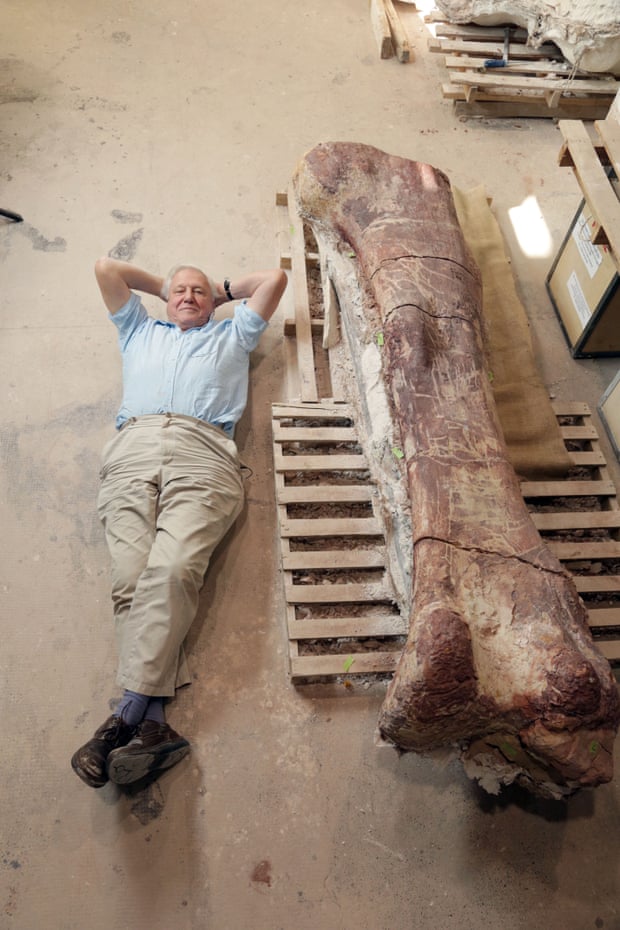 |
| Fig. 1. Fossilized bee's nests. (Credit: Parker, et. al, 2016) |
Today, Oct. 12, marks National Fossil Day, an annual event put on by the National Parks Service to raise awareness of how fossils contribute to science. So you think you want to be a paleontologist, or perhaps you just want to learn of fossils' capabilities? Here’s a bit of a primer to help you decide:
